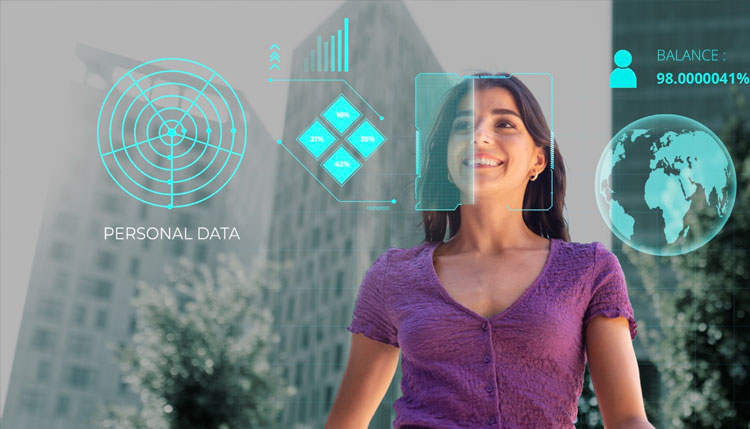
Busting 3 Biometric Technology Myths During The Covid-19 Crisis
The current pandemic has increased our reliance on various biometric technologies. From infrared scanners to detect body temperatures to facial recognition programs to track Covid-19 patients; it’s clear that biometrics will play a significant role in the future. However, there are concerns about using these technologies that have also become myths.
Let’s explore 3 commonly held myths about biometric tech below:
Myth #1: Using Iris Recognition technology is not safe during the current pandemic.
Iris scanning or recognition is a procedure where near-infrared light is shone on a person’s iris. This generates a high-contrast image of the person’s iris. The scanner measures the patterns in the eyes (the colored circles). Every person’s iris is unique. It is a type of biometric technology that is similar to fingerprinting and facial recognition. However, it is considered more reliable as fingerprints can get obscure and there may be ways to alter a person’s face (i.e. plastic surgery). However, you cannot alter your own eyes!
Why are there concerns about using this biometric tech? To scan a person’s iris, the surface of the device must be held very close to the person’s face. What if the surface contains the Covid-19 virus? Firstly, it’s highly unlikely that the iris scanner’s surface has the virus. The virus is transmitted via the nose and mouth. In case there is a possibility of transmission, the authorities using this technology must be mindful to properly sanitize the scanner’s surface after every subject.
Off late, there are high end Iris Scanners that can capture IRIS of a person from a long distance. This makes the myth irrelevant in the COVID-19 times.
Myth #2: Using a fingerprint scanner can increase the risk of getting Covid-19.
The transmission route of this virus begins from a person’s mouth and or nose. Then it moves towards the fingers and then possibly to the fingerprint recognition sensor. If an infected person had his or her finger in their nose or mouth and then touched the scanner, it’s likely that the next person who touches the scanner and his or her own mouth may acquire the Covid-19 virus. However, there are certain factors to consider such as whether both people were wearing a mask, the area of the scanner, the pressure and duration of the touch, etc.
Fingerprint scanners have a small contact point. These require gentle pressure and a touch duration lasting less than a second. This significantly lowers the risk of transmission compared to other surfaces like doorknobs and handles. In addition, a majority of people wear masks and practice regular hygiene so even if an infected person who touched his/her eyes touched the scanner, it’s highly possible that the next person who touched the sensor will wash his/her hands before touching his/her face; therefore reducing their risk of acquiring the virus.
However there could still be a chance of spreading COVID-19 as you are still making a contact. The advanced fingerprint scanners are totally touchless. All the applications of fingerprint will need to upgrade to contact less fingerprint scanners to make the fingerprint applications secure in the times of COVID-19.
Myth #3: Physical changes to my face will render facial recognition technology as ineffective.
Amidst the current COVID-19 pandemic, several countries have adopted facial recognition technologies to trace and track Covid-19 patients. For example, law enforcement personnel in India use this software to monitor sick patients. In Russia, facial recognition is used to track its citizens.
Unless there are sudden and drastic changes to the face, modern facial recognition technology relies on ‘self-learning’ algorithms that are capable of keeping up with changing looks.
Iris recognition, facial recognition, and fingerprint scanning will continue to play an important role in the management and tracking of the COVID-19 pandemic.











